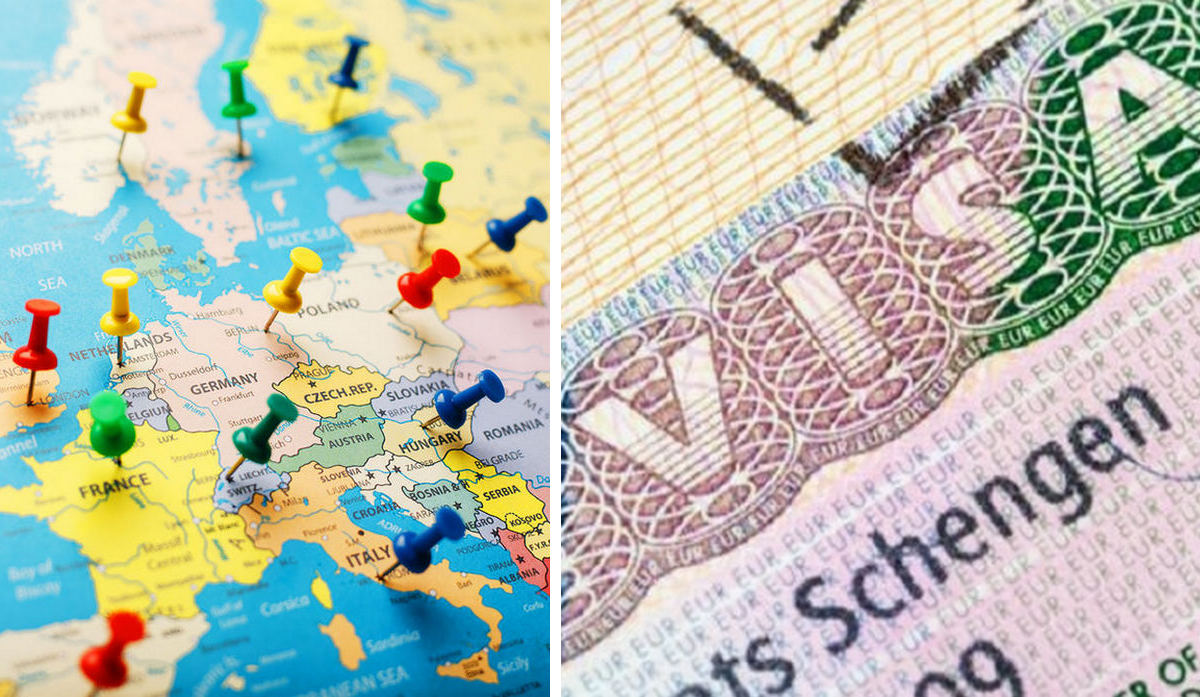The Council of the European Union is starting negotiations on the digitalization of the process of applying for and obtaining Schengen visas. The current stickers on the passport will be replaced by virtual visas, and personal presence at the consulate will be replaced by an online Schengen application via the Internet.
The EU authorities believe that the digitalization of the Schengen visa will help ensure a higher level of security in the Schengen area and simplify the process of obtaining a residence permit for tourists in the countries of the agreement. The package of changes provides for the introduction of the possibility of applying for a Schengen visa in an online format through a special website and the replacement of the current visa sticker with a digital visa.
“Online applications will reduce the number of trips to the consulate for travelers and make the process easier for national administrations. At the same time, the digital visa will put an end to the risk of forgery and theft of the visa sticker,” said Swedish Migration Minister Maria Malmer Stenergard, who is in favor of the new initiative.
If the new rules are approved, the EU will create an online platform for visa applications. This platform will be the single site through which all Schengen visa applications will be submitted. Applicants will be able to enter all the necessary data there, upload copies of documents and pay fees, and later receive notification of a decision on their visa.
“Personal presence at the consulate will be required only for those applying for Schengen for the first time, as well as for persons whose biometric data are no longer valid or for those who have recently received a new passport,” the EU Council emphasizes.
In addition, according to the new rules, all visas will be issued in digital format, cryptographically signed, and in the form of a 2D barcode. This will reduce the risks associated with theft and forgery of visa stickers.
Currently, all those wishing to obtain a Schengen visa must personally or through a representative visit a consulate or visa center to submit a series of documents, pass biometrics, and an interview, depending on the type of visa. For example, a tourist visa allows all its holders to stay in Europe for up to 90 days within six months. To receive it, you need to provide a completed application form, a passport, two recent photographs, and a round-trip ticket reservation. In addition, proof of accommodation booking, EU travel insurance and evidence of the applicant’s financial capacity will be required.

